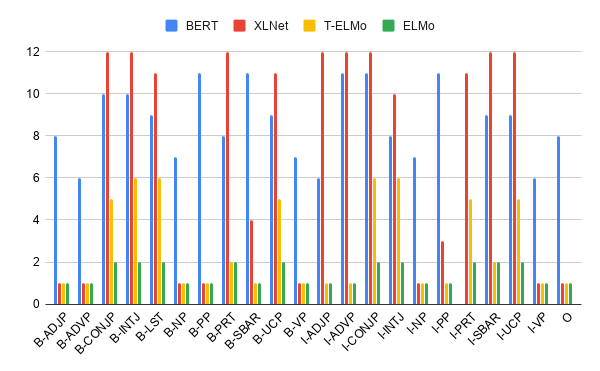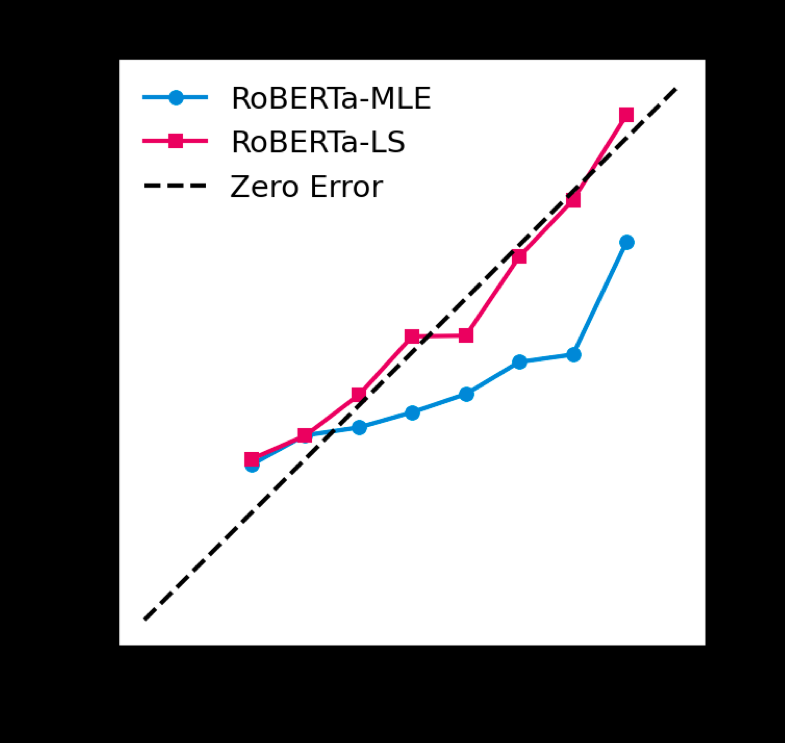Analyzing Redundancy in Pretrained Transformer Models
Fahim Dalvi, Hassan Sajjad, Nadir Durrani, Yonatan Belinkov
Interpretability and Analysis of Models for NLP Long Paper

You can open the pre-recorded video in a separate window.
Abstract:
Transformer-based deep NLP models are trained using hundreds of millions of parameters, limiting their applicability in computationally constrained environments. In this paper, we study the cause of these limitations by defining a notion of Redundancy, which we categorize into two classes: General Redundancy and Task-specific Redundancy. We dissect two popular pretrained models, BERT and XLNet, studying how much redundancy they exhibit at a representation-level and at a more fine-grained neuron-level. Our analysis reveals interesting insights, such as i) 85% of the neurons across the network are redundant and ii) at least 92% of them can be removed when optimizing towards a downstream task. Based on our analysis, we present an efficient feature-based transfer learning procedure, which maintains 97% performance while using at-most 10% of the original neurons.
NOTE: Video may display a random order of authors.
Correct author list is at the top of this page.
Connected Papers in EMNLP2020
Similar Papers
Analyzing Individual Neurons in Pre-trained Language Models
Nadir Durrani, Hassan Sajjad, Fahim Dalvi, Yonatan Belinkov,

Optimus: Organizing Sentences via Pre-trained Modeling of a Latent Space
Chunyuan Li, Xiang Gao, Yuan Li, Baolin Peng, Xiujun Li, Yizhe Zhang, Jianfeng Gao,

oLMpics - On what Language Model Pre-training Captures
Alon Talmor, Yanai Elazar, Yoav Goldberg, Jonathan Berant,

